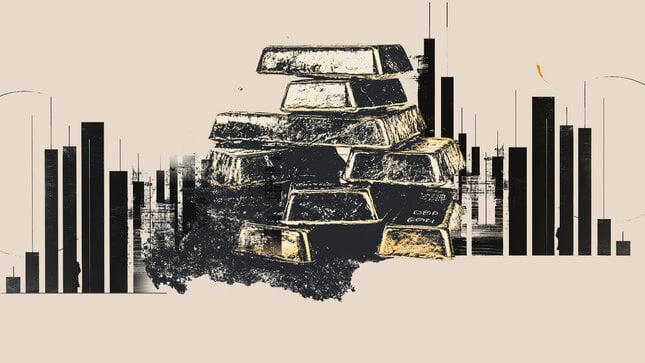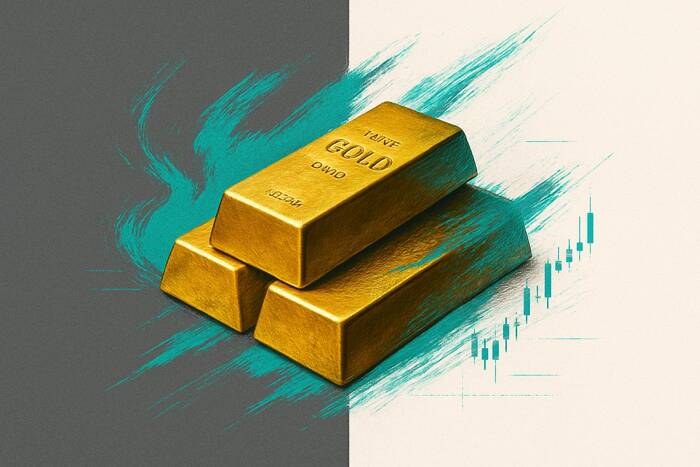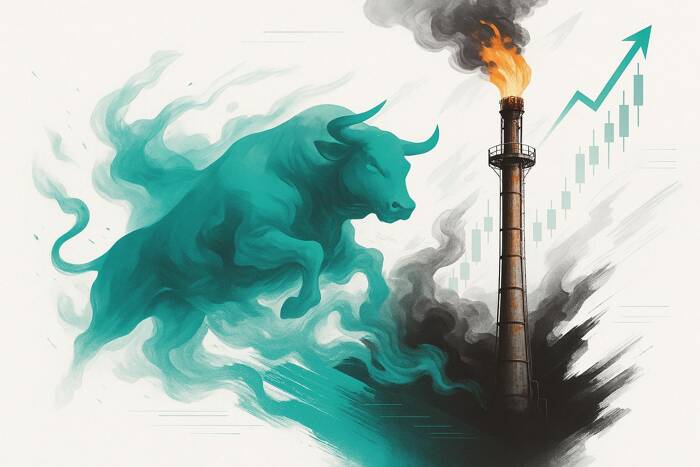Category: Gold News
3 Reasons Gold Prices Continue To Climb
Unless you’ve been living under a rock, it won’t have escaped your notice that gold is doing rather well.
But why is gold still rising?
1.) Geopolitics drives investors to gold
The wars in Ukraine and Gaza continue and the potential escalation to other countries keeps hanging over the markets like the sword of Damocles.
Investors and governments are all too wary of another fallout akin to when Vladimir Putin first invaded Ukraine two years ago and gold is one of the most effective hedges against these concerns.
Data from BullionVault, the world’s largest online precious metal marketplace, shows that Western investors banked record profits from selling gold in March, offloading almost twice the amount purchased.
“Previous peaks in the number of people selling gold also came as bullion prices jumped, ” says BullionVault director of research Adrian Ash.
“But they all coincided with moments of acute political or financial stress, spurring stronger investor demand.”
Indeed sellers through the platform rose 95 per cent to beat the number recorded during the English riots and Euro debt crisis of 2011, March 2022 when Russia invaded Ukraine and the Brexit referendum shock in June 2016.
In contrast, gold’s new all-time highs have grown exponentially as the general unease around global conflicts has continued.
That, Ash says, “speaks to the underlying strength of this price uptrend”.
2.) Central banks keep buying
Strong physical demand from central banks and retail investors in Asia is also supporting the yellow metal. However, demand is expected to fall in the short term as investors baulk at higher prices.
Ole Hansen, head of commodity strategy for Saxo, said that the prospect for lower funding costs may finally see demand for bullion-backed, exchange-traded funds (ETFs) from real money asset managers pick up for the first time since 2022.
And though the buying rate is slowing, the world’s central banks are still stockpiling gold where they can.
Figures from the World Gold Council show that reported global central bank gold reserves for February rose by 19 tonnes.
Despite this being the ninth consecutive month of growth, the data show a slowdown, with buying for the month 58 per cent lower than January’s.
On a year-to-date basis, central banks report the addition of 64 tonnes over January and February, 43 per cent lower than the same period in 2023 but a fourfold increase on 2022.
3.) Gold as a hedge against inflation
Gold rallies are frequently built around when inflation looks to be on an upward curve, depreciating the value of currency.
An update on Federal Reserve Chairman Jerome Powell’s policy outlook, due this week, will be an important driver for stocks and commodities this week, however.
The Fed is not cutting rates until June at the earliest and year-on-year inflation is sitting at 2.5 per cent on the back of a burgeoning economy.
The resulting strength of the US dollar is complicating matters further for gold future-gazers.
The currency has just tipped over a four month high, adding pressure to the gold market and muddying the landscape for those with bullion exposure.
Kathleen Brooks, research director at XTB Trading, points out that gold might have reached its ceiling, short of a course-correction event such as further geopolitical escalation and could be due a correction.
“Open interest on gold contracts appears to have peaked and the gold price is now 15 per cent above its 200-day simple moving average (SMA),” she said.
“This suggests that it is at extreme levels and could be due a pullback.”
By CityAM
Written by : Editorial team of BIPNs
Main team of content of bipns.com. Any type of content should be approved by us.
Share this article:











